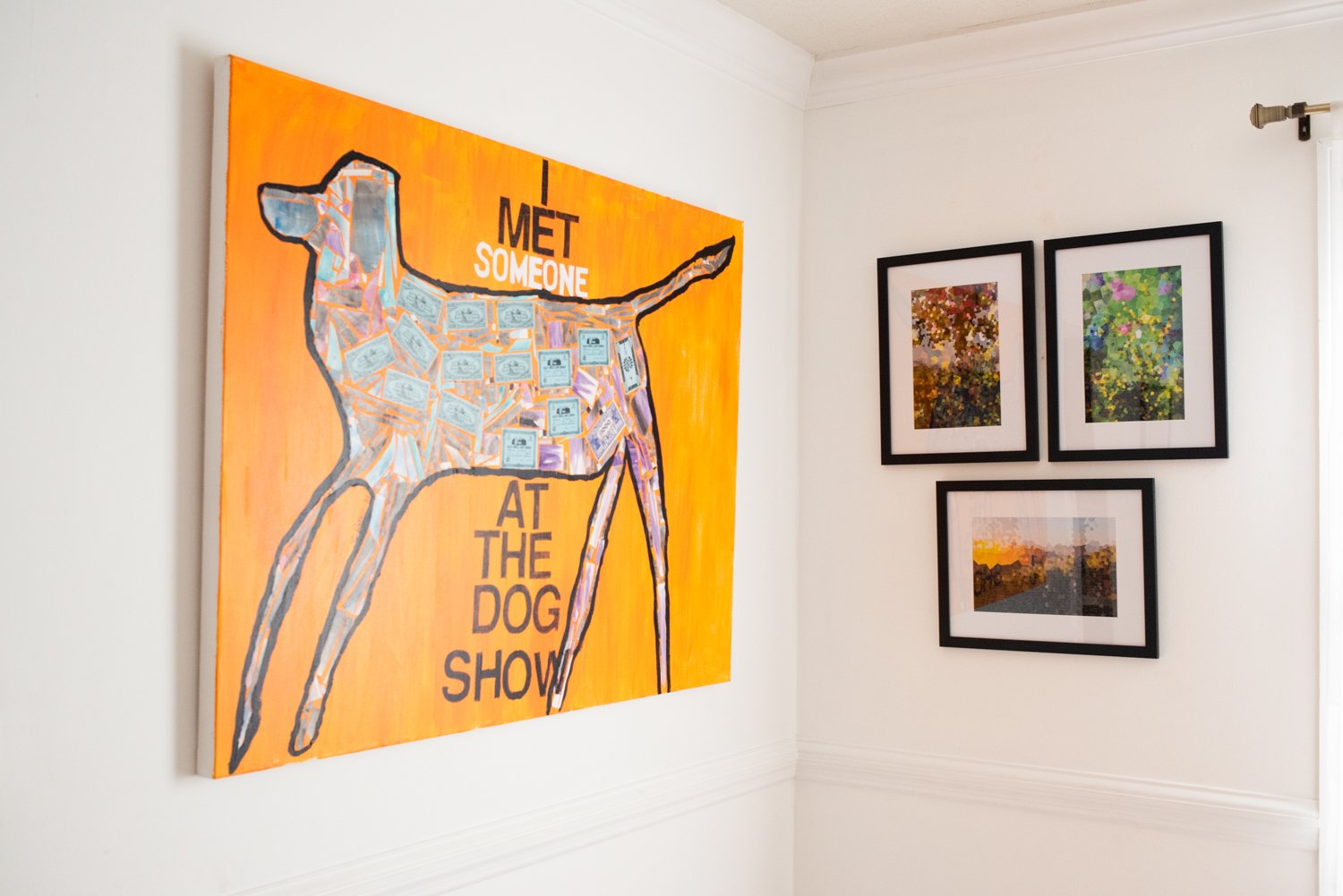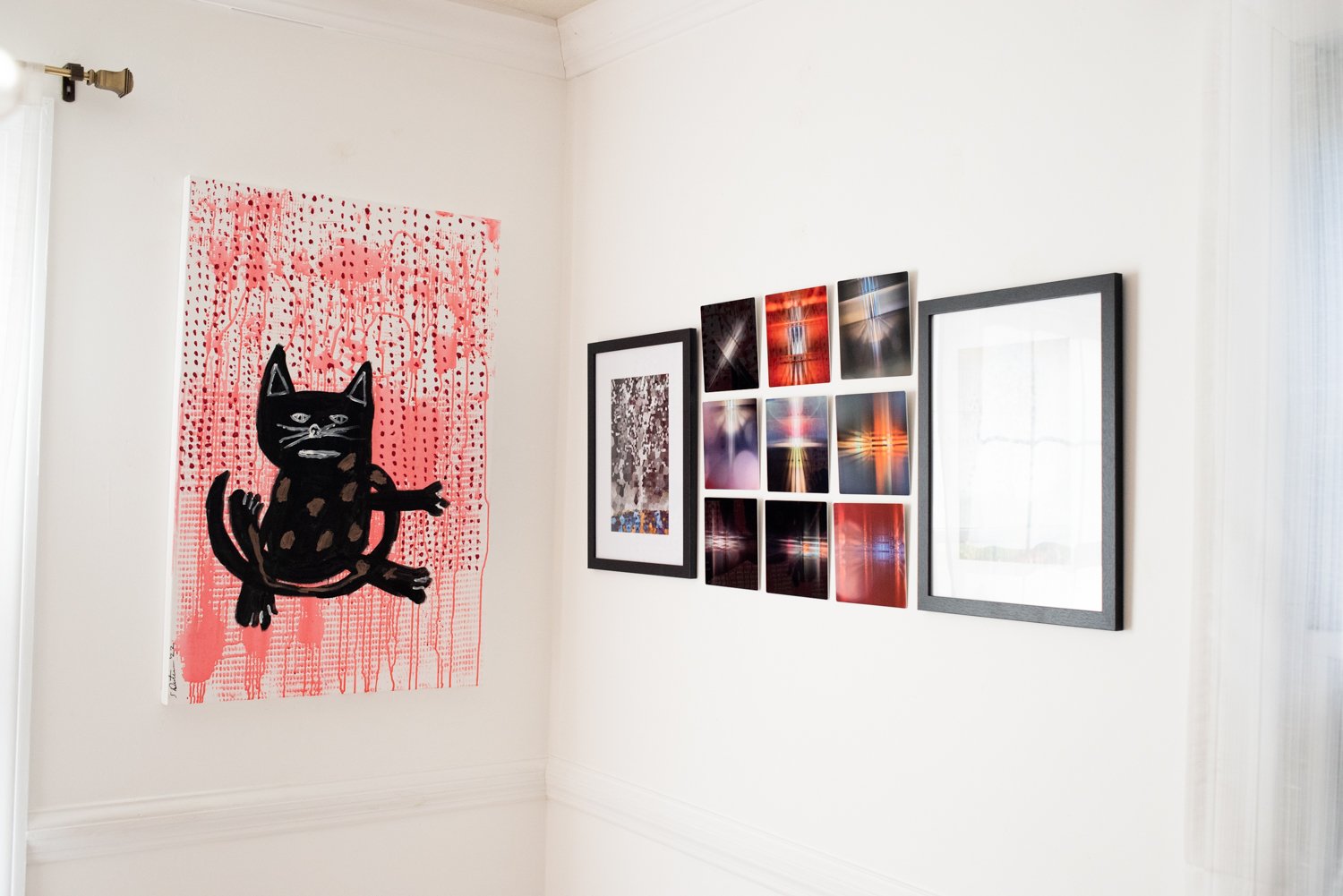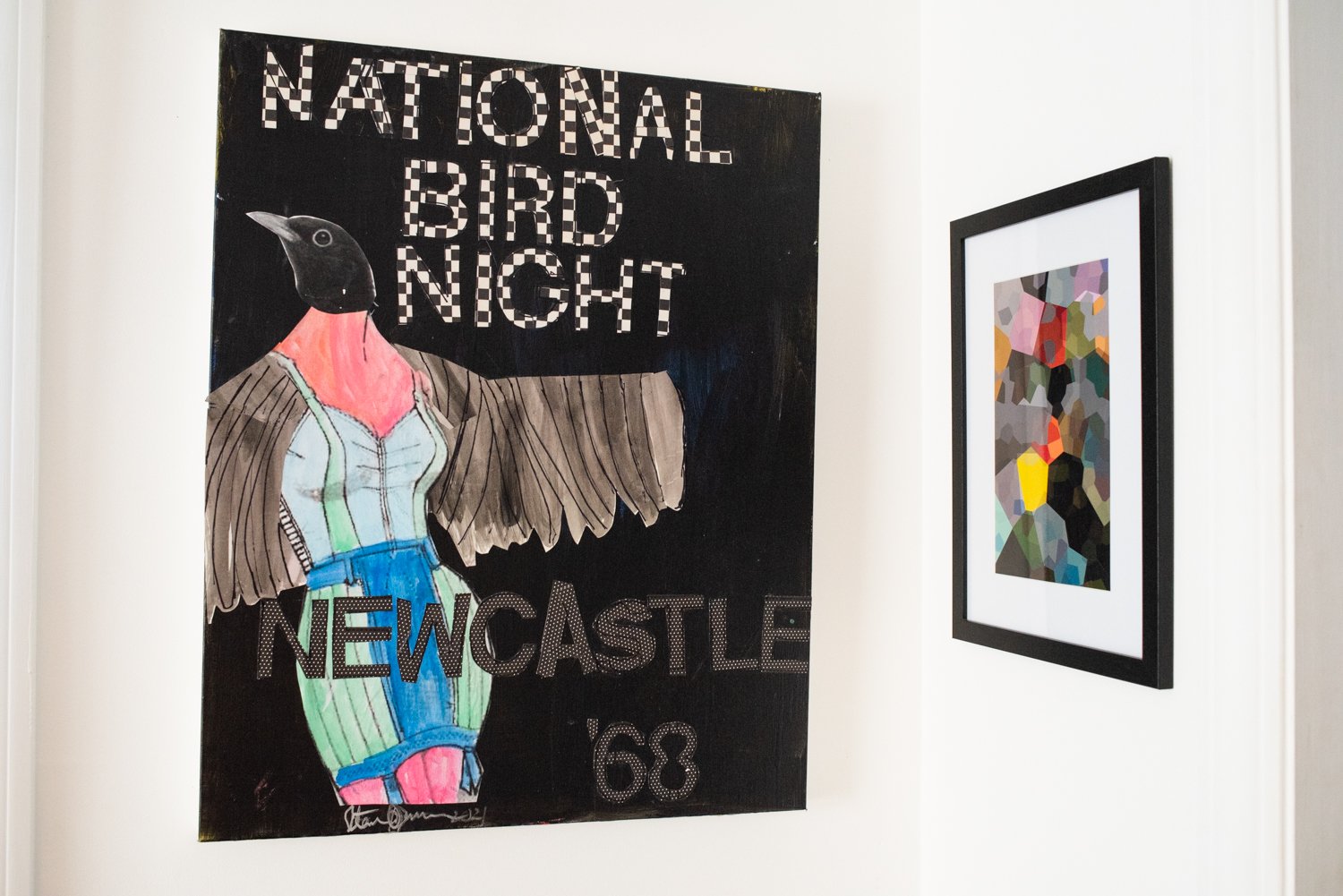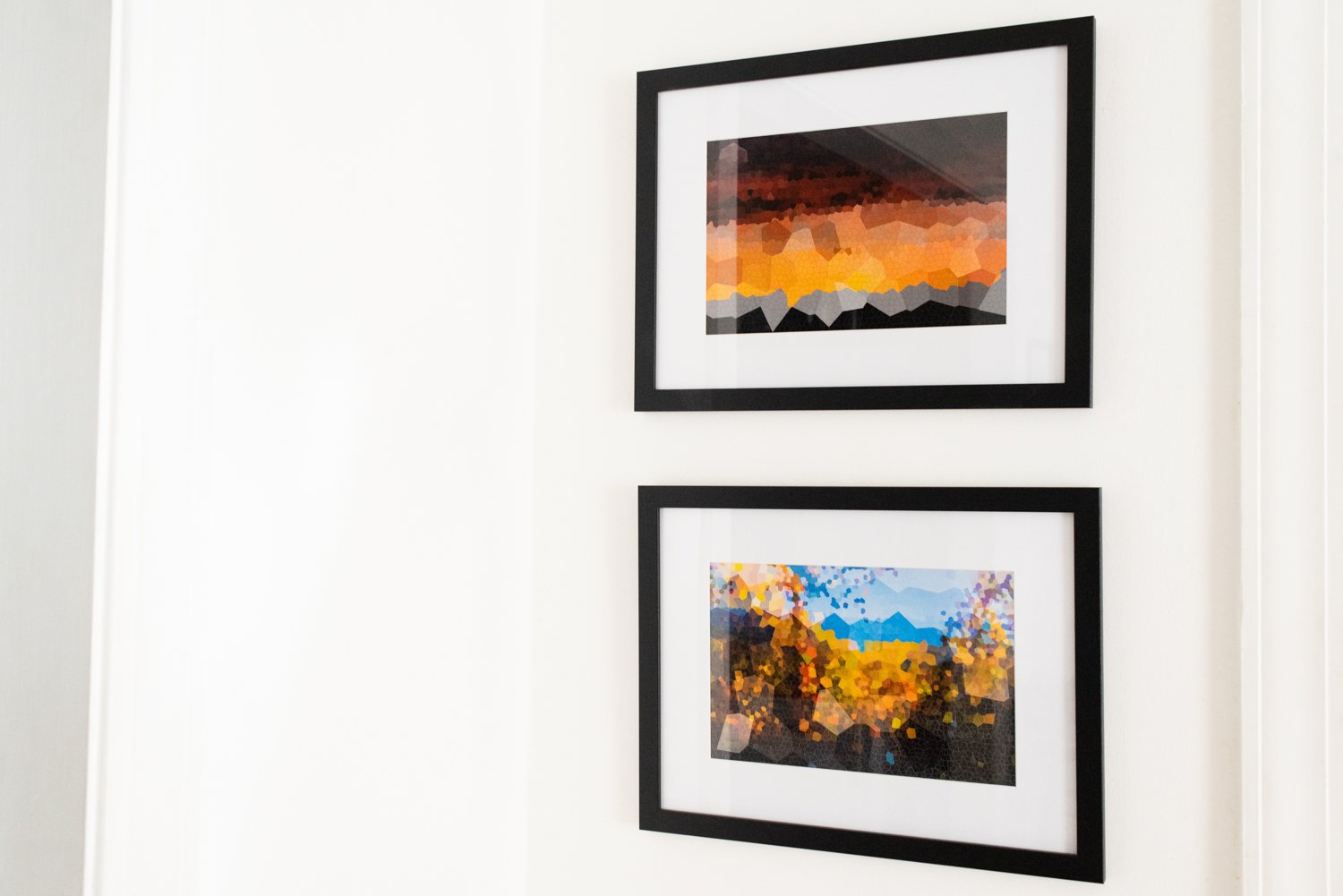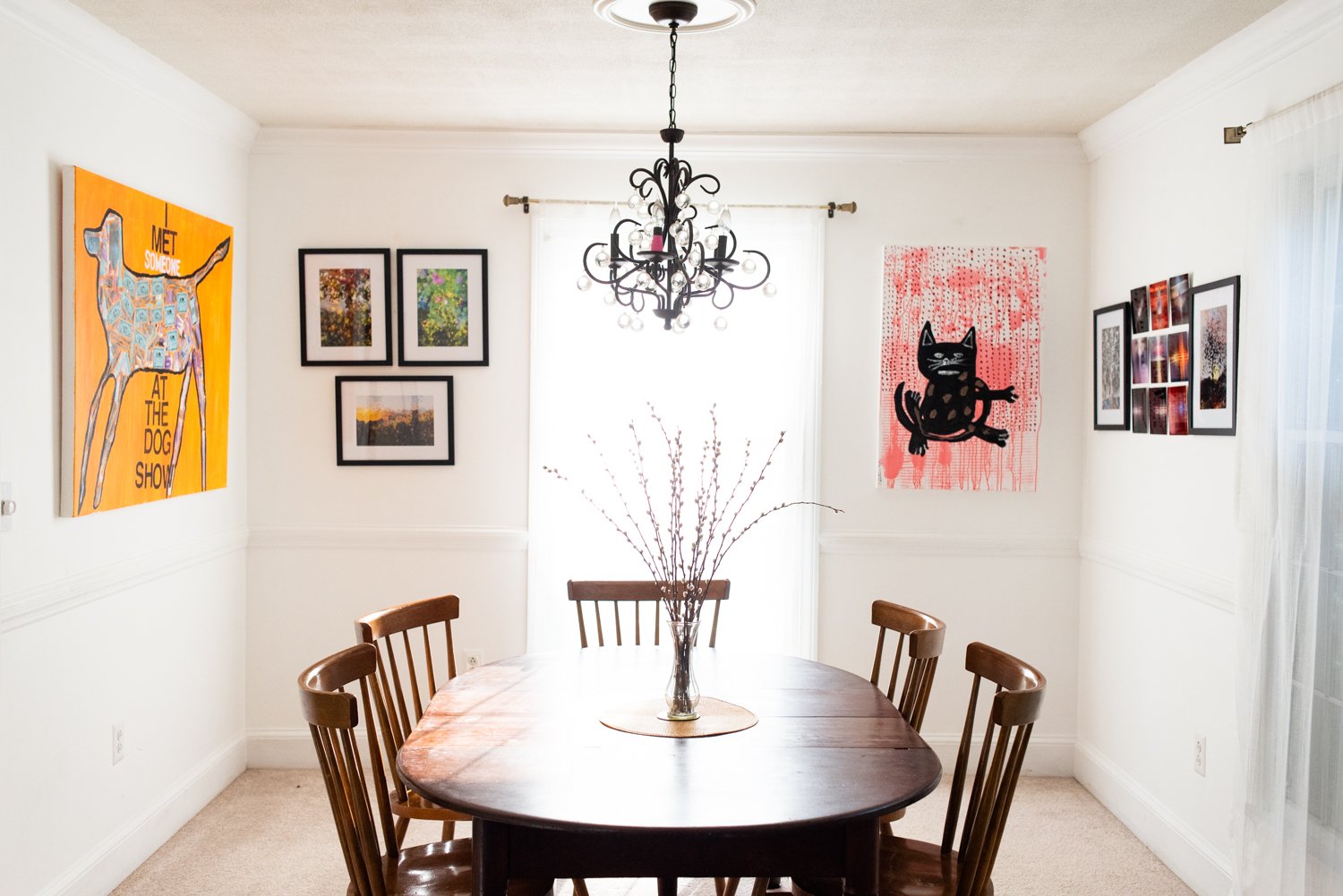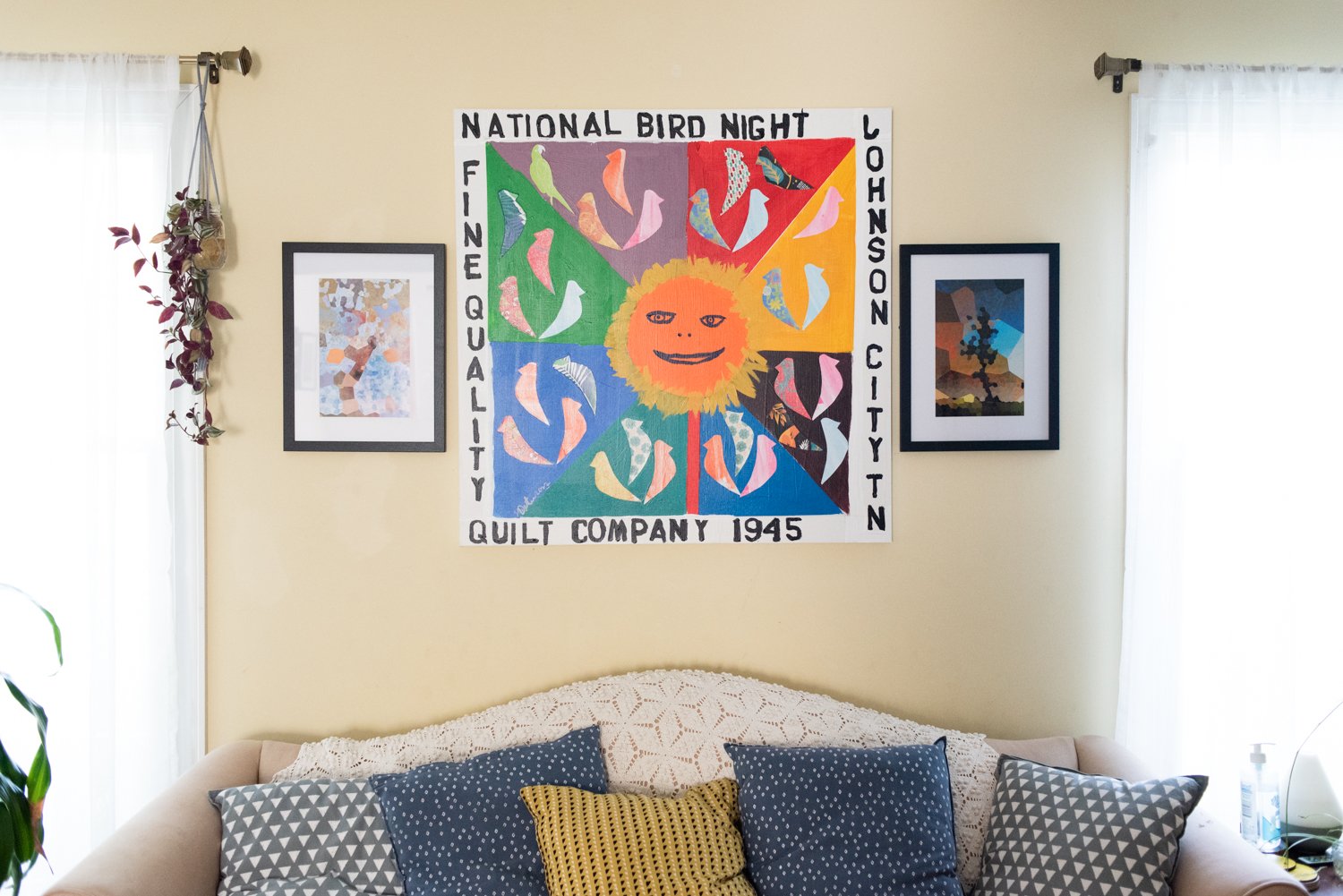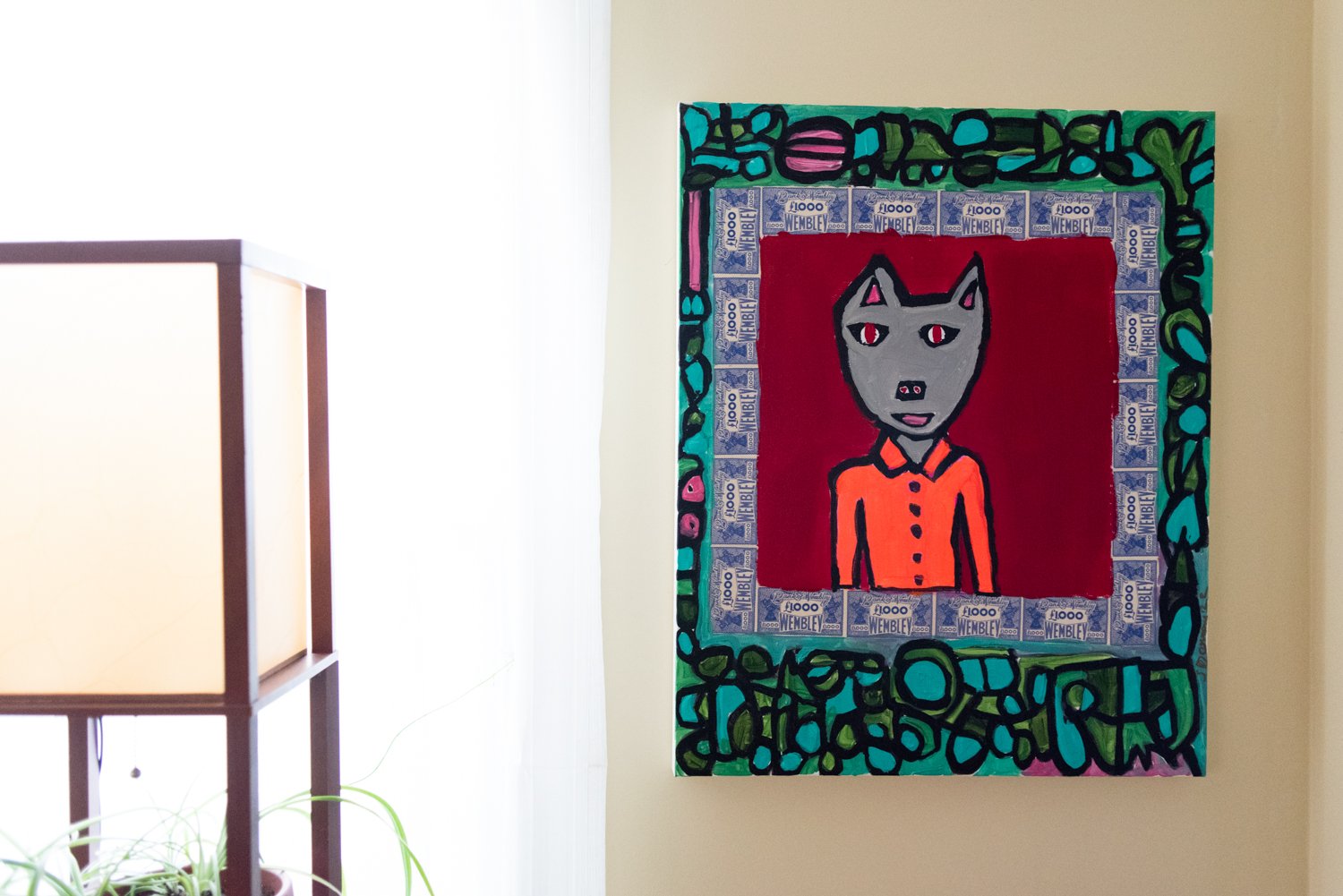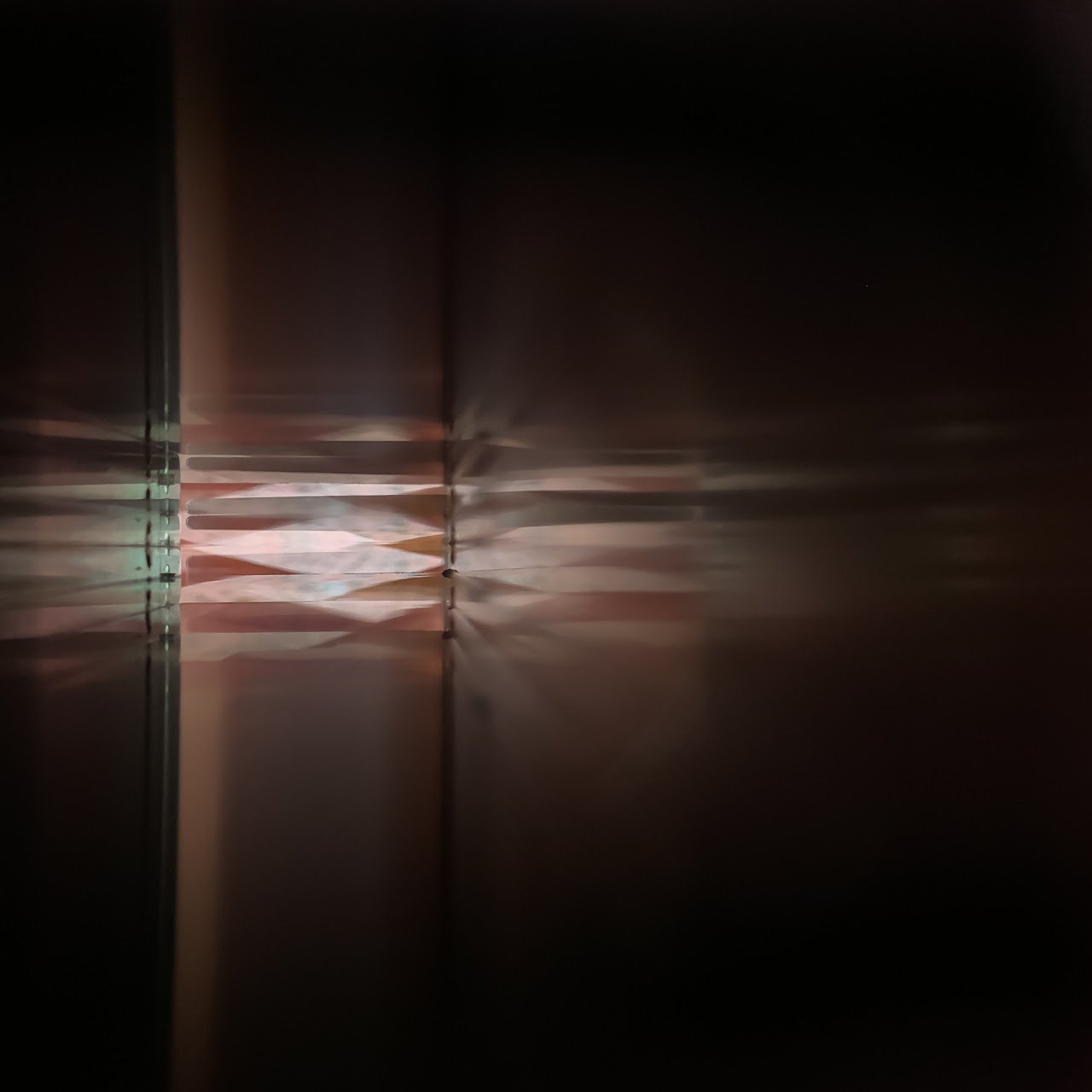Yvonne Dalschen & Steve Denton
On view October 21st - November 30th, 2022.
Yvonne Dalschen’s photographs provide an escape from a filtered experience, by creating portals to new adventure using discarded technology, and abstracting idealized natural forms. And in Steve Denton’s paintings, fresh characters and narratives take center stage in his disarming folk art, drawing us out from our regular day-to-day into his own world of story.
OPENING & ARTIST TALK on October 21st, 2022 from 6-8pm
ARTIST TALKS
ARTIST TALK
w/STEVE DENTON
October 26th at NOON ET on Instagram Live
ARTIST TALK
w/YVONNE DALSCHEN
November 3rd at NOON ET on Instagram Live
For every art opening, EAT/ART Space serves patrons and friends of the arts delicious food from a different local restaurant—
Local food feature:
Brassia 51
Johnson City, TN
Brassa 51 is a family business, that “[carries] the Peruvian tradition of our homes, the knowledge and good omen of our ancestors the APUS.” According to their website, they know that “the best food is from home, that is why we carry our culture and its food in our hearts and we capture it in each dish.”
You can view their menu online and join us for churros and more at the reception!
images courtesy of Brassa 51
Yvonne Dalschen & Steve Denton
exhibition view & details
ABOUT THE ARTISTS
YVONNE DALSCHEN is a German photographer based in the Secret City of Oak Ridge, Tennessee.
After moving around the world, I switched from literature to visual storytelling, taking advantage of the many possibilities of digital photography. The experience of a being a newcomer intensifies my curiosity about place. My photography is about the land, but often focused on human interference and artifacts, tracing its history. During the pandemic, the creation of artificial worlds was a needed escape parallel to a more serious project on the Ghosts of the Manhattan Project.
Contemplating Titan started very early during the boredom of the lockdown. Holding a cooling element of the now dismantled supercomputer Titan in front of my iPhone lens to see what it would do, is not the most conceptual approach to a new project. However, I was immediately intrigued by the vistas that were created by metal and light. They felt like Hollywood, apparitions or portals at the beginning of an adventure, sunsets to be ridden into or the beginning of a beautiful friendship at the end of the movie. Our contact to the world was exclusively going through screens, high-tech computers and servers. Using discarded pieces of that technology to create my own low-tech metaverse seemed fitting.
The Colors of the Foothills were another method of escape. The Great Smoky Mountains National Park is the most visited National Park in the US. Accordingly, it is one of the most photographed as well. The Foothills Parkway is the oldest unfinished highway project in Tennessee, and there was great excitement when the missing link between Walland and Wears Valley was opened in 2018. However I was never drawn to it until the pandemic made me look for nature escapes. All of a sudden I travelled this stretch back and forth, standing at the same pullouts over and over again.
Driving through the Smokies, I am always reminded me of the Camera Restricta by Philip Schmitt. A camera that refuses to work, if after checking Flickr, it decides that too many photos have already been taken at this location. No photo would be taken on the Foothills Parkway ever again. And while I arrived for sunrises, leaf peeping, storms and snow, the straight photos would not impress the hardened landscape photographers I know. But I was gathering material for a completely different project: Abstracting the glorious forms and colors of the Foothills into archetypes of nature photography. Instead of namable mountains, an idealized form of a mountainous horizon, instead of a specific tree, the vague idea of a trunk, leaves, a vertical disruption in space. I was excluding the roads, the traffic, the trash, the people I didn’t want to be close to, and created my own pure form of nature, a nostalgic, romantic escape in difficult times. My favorite art group has always been Der Blaue Reiter/The Blue Rider, their use of color, and a spontaneous, intuitive approach to painting. I suspect that this early love inspires me to work with multiplicity, bright colors and abstraction in parts of my photography.
The process of creating the images is intuitive and meditative. I may not spend hours waiting for the right light on the mountain, but I am definitely spending hours at my computer. I was fascinated with Adobe Photoshop long before I became a serious photographer. I took my first Photoshop class with Larry Perry before my introductory class when working on my certificate. And while Adobe seems to have moved on from their Filter Gallery, I am still leafing through Best Photoshop Filters (Susannah Hall, 2012), my final project award. Colors of the Foothills is a project in which even the technique is heavily tinged with nostalgia.
Three is always a good number, good nature photos contain foreground, middle ground and background, so three images were picked and loaded into Photoshop, changed by the Stained Glass Filter (often derided as the one-trick pony of filters), then layered with different layer styles and opacities until the result expressed what I had been seeing: the mountains, the plants, the clouds, the fog, the snow, the sun, all compressed into colorful, irregular hexagons. While the abstraction may be puzzling at first, the subject feels familiar, the colors and forms evoke memories of and nostalgia for the beauty and joy of unspoiled nature. Returning to the Foothills in “normal” times definitely makes me a supporter of the parking fee for the GSMNP.
—Yvonne Dalschen
STEVE DENTON is a self-proclaimed outsider folk artist based in Johnson City, Tennessee.
Entirely self-taught, he creates narrative worlds based off of his own imagination and experience. In his artist statement, he declares, “Art is our communal bathtub.”
In an interview in 2017, Denton said, “Making it easy for me is important. It’s something I do for enjoyment and to relax. There’s enough bullshit in the world that you don’t need impediments when you’re creating. I go downstairs, I close the door to the studio, and just whatever happens to come out.”
About being self-taught, he says, “I studied history in college, and tied up in history is the history of art, music, and popular culture. So while I may not have studied art, and I consider myself self-taught, I have studied art movements and schools of art and I’m familiar with a lot of painters, sculptors, artists… so I guess it’s been very important, but I haven’t studied art. There’ve been a lot of people who make art without studying it.”
for more work from Steve Denton—
ARTWORKS
all artwork and images © their respective artists - used with permission




